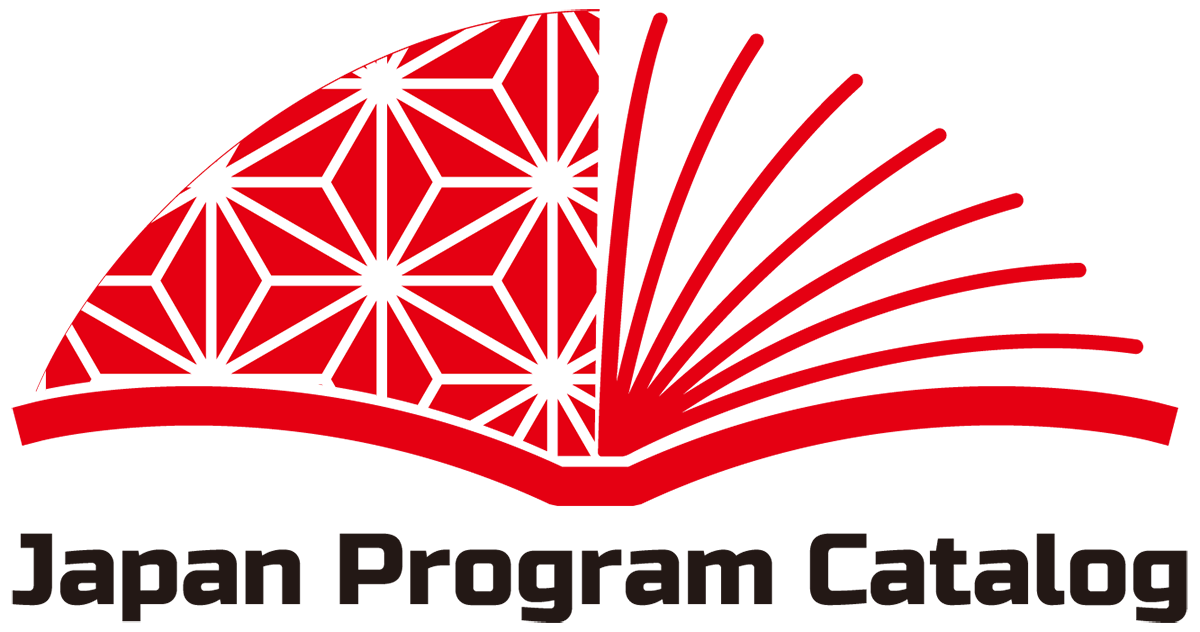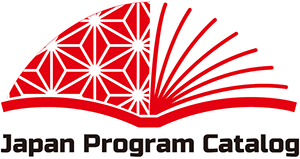Lifestyle
くまモンマップ
Kumamon MAP! Join Kumamon, the beloved mascot of Kumamoto, as he takes you on an exciting journey through Kumamoto’s top attractions and local delicacies. Explore the stunning landscapes of Kumamoto, from its beautiful scenic views to the historical Kumamoto Castle, and much more! Kumamon will also dive into Kumamoto’s culinary delights! With Kumamon as your guide, you’ll discover the heart and soul of Kumamoto, full of fun, food, and unforgettable moments. Don’t miss the adventure on Kumamon MAP!
秋田遺産
This content tells you the beauty of Akita, including traditional events, food, and seasonal scenery. These are the heritage of Akita that we would like to pass on to future generations and spread to the world.
A One-day Pass To Your Dream Job
夢の1dayパス
Everyone has a dream. For example, "I want to work at an airport! I wanted to be a zookeeper..." and so on. Everyone has a dream job that they would like to experience at least once.
In this program, "Dreamers" who have a dream job are given a "Dream 1-Day Pass" to experience their dream job, and the program closely observes the "Dreamers" as they experience and feel their dream job. We will also show you the unknown aspects of "specialists" who have mastered their professions and how they live their lives!
MIGAKU HITO -Japan's Polishing Artisans-
磨炼人生
When we clean, we polish the heart and polish the smile.
At one time or another, everyone has probably felt the urge to clean because “tidying up makes you feel good and refreshed.”
Have you ever thought that people who clean, polish their own hearts as well?
And in so doing, they clean the grime from their hearts.
And what emerges after polishing are...things that shine, and, a smile that sparkles.
Through sound and images, this program shows how “sparkling smiles” are born after polishing.
越打磨自己,越可以精神焕发,阳光笑容。
每个人都实际有过的感受就是,【打扫过卫生后会精神气爽,心情舒畅】。
那些研磨器具的人,难道不是在研磨自己的心灵么?
不是在抹掉心灵的污垢么?
只有研磨后器具诞生的光辉,才会和研磨人的笑容互相辉映。
这是通过影像和声音来传递研磨人生后诞生【阳光笑容】的节目。
日本料理的智慧
Chapter One : Washoku Origins
Chapter Two : Wanmono (Bowl Dish)
In 794, Japan’s capital was moved to Kyoto.
It remained the capital for more than a millennium.
The diverse food culture of the Imperial family and nobility is still in evidence today.
The origins of washoku are honzen, shojin and kaiseki cuisines.
At the very root of washoku is a heartfelt appreciation of life and the blessings of nature.
第1章 日本料理的原点
第2章 碗物(汤)
794年,平安京的首都。
从那时起,京都一直扮演着1000多年的首都角色,
拥有多元化的饮食文化,现在仍然继承着皇宫和贵族的菜肴。
日本料理(和食)的起源是本膳料理,精进料理和怀石料理。
所有的根本,都包含着接受生命,接受自然的恩惠的感谢之心。
京都知新
What is “Kyoto Chishin”?
Kyoto Chishin, which first aired in 2016 (ongoing every Sunday from 6:15 a.m. to 6:30 a.m.), is a Kansai local program that has aired more than 430 episodes to date.
The program sheds light on the “dynamic = modern” part of Kyoto culture, which has been handed down for 1,200 years. With the theme of “Learning about the modern aspect by visiting Kyoto”, the program highlights the ongoing “Kyoto” through interviews with artists, craftspeople, traditional art performers, and chefs in Kyoto.
MADE IN 京都
Kyoto's allure lies not only in its shrines and temples or the elegance of the city.
For more than a millennium since the year 794, Kyoto flourished as the capital, leading the way in the arts, architecture and commerce. The essence of Japanese culture was born in Kyoto, and has been refined and passed down to modern times. Japanese quality which is recognized throughout the world has its roots in Kyoto and its culture of craftsmanship.
"Made in Kyoto" introduces artistry at its best – from traditional weaving and cuisine to state-of-the-art robotics - created and nurtured by the masters of Kyoto who know true quality.
“京都”的魅力不止是寺院佛阁和怀古风情的街道。
作为从公元794年开始繁荣了一千年以上的日本首都,包括建筑・艺术・产业等各个方面都一直是最新【技术】输出的城市。日本文化的精髓在京都诞生,经过时间的磨练延续到现在社会。世界认知的日本质量的根源出自京都的工艺制作文化。
【MADE IN 京都】就是,从传统的纺织织物和京料理到最先进的机器人技术,介绍最会挑选真货的京都人淬炼出来的工匠技艺。
领导人
Corporate and organization leaders are said to be loners.
They also seem to be unapproachable.
However, we want to know more about them, about goals they set, and how they tackle difficult decisions.
“The Leader” features a leader each time, and the documentary reveals a side of them never seen in public. Topics are not limited to their confidence and pride. They talk about skills needed in leading an organization, how they maintain their health, their hobbies, what they read, their thoughts on child rearing, nostalgic locations, turning points in their lives, the follies of youth, and things they love with all their heart.
人们都说,企业和组织的社长永远都是孤独的。
每位社长都有难以接近的氛围。
但是,我们希望可以听到一直追寻新目标和作出重要决断的社长心声。
记录片【领导人】是一个每次以一位社长为中心,介绍社长日常生活真面孔的节目。
此节目是以一位代表节目【脸面】的高井美纪播音员,直接和社长见面一起去倍受关注的店,一起边吃饭边聊,或者在倍受关注的地方,悄悄地体验社长的兴趣爱好和聊天。主要交流听取各种各样的趣闻,比如以前作为公司员工时的秘密,人生的梦想,对公司和组织的思绪------,介绍不为人知的社长形象,描写企业和组织的魅力和未来。


